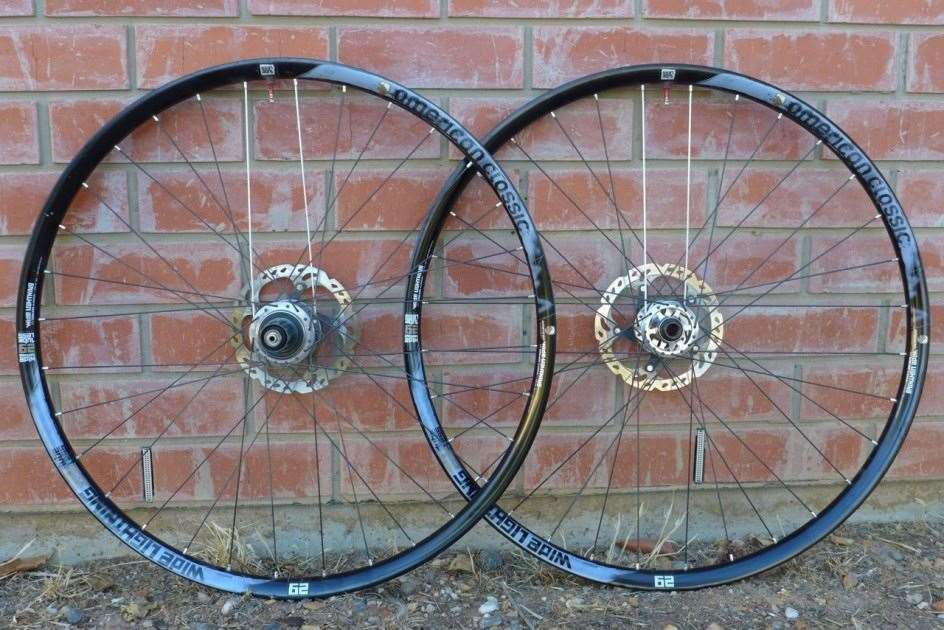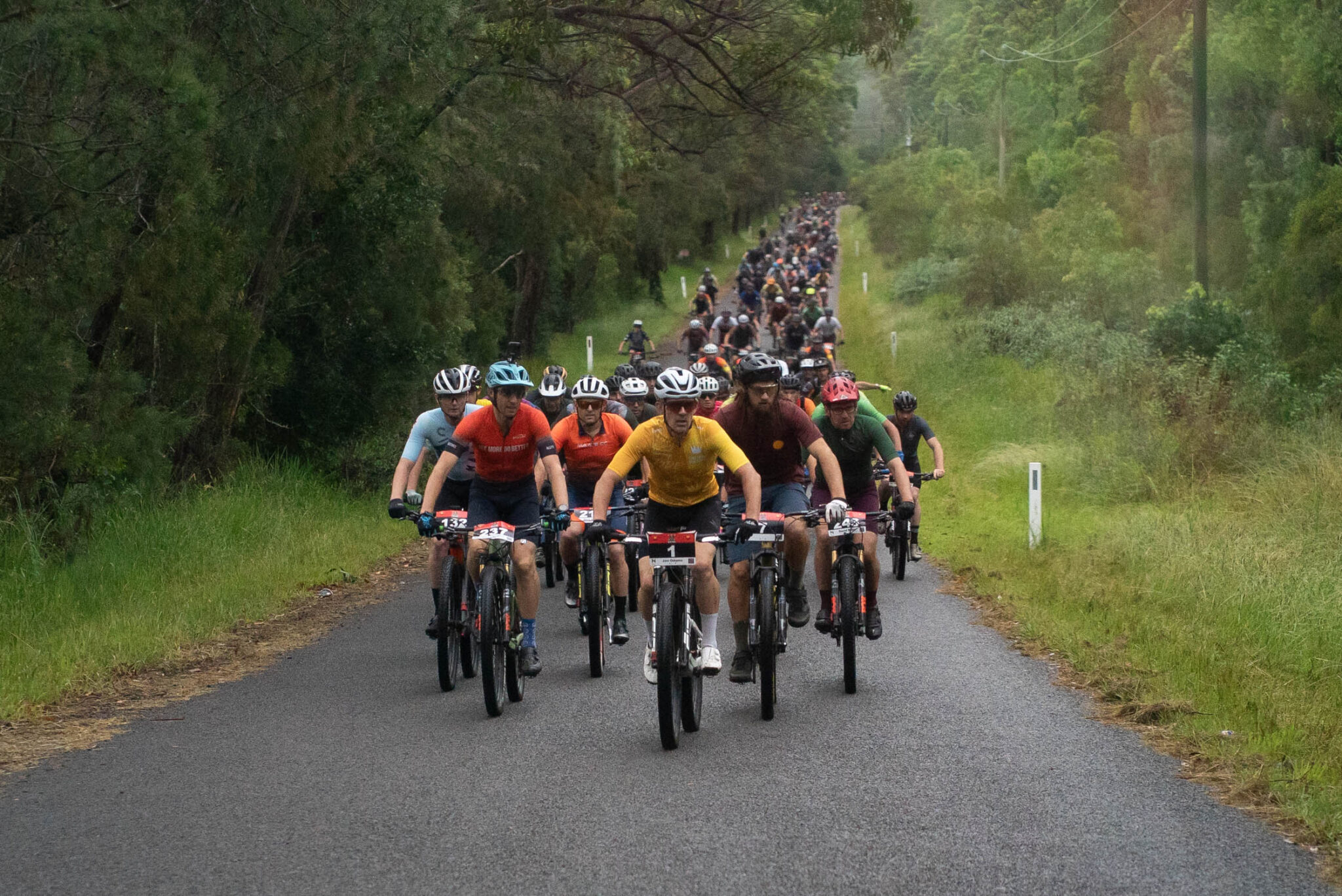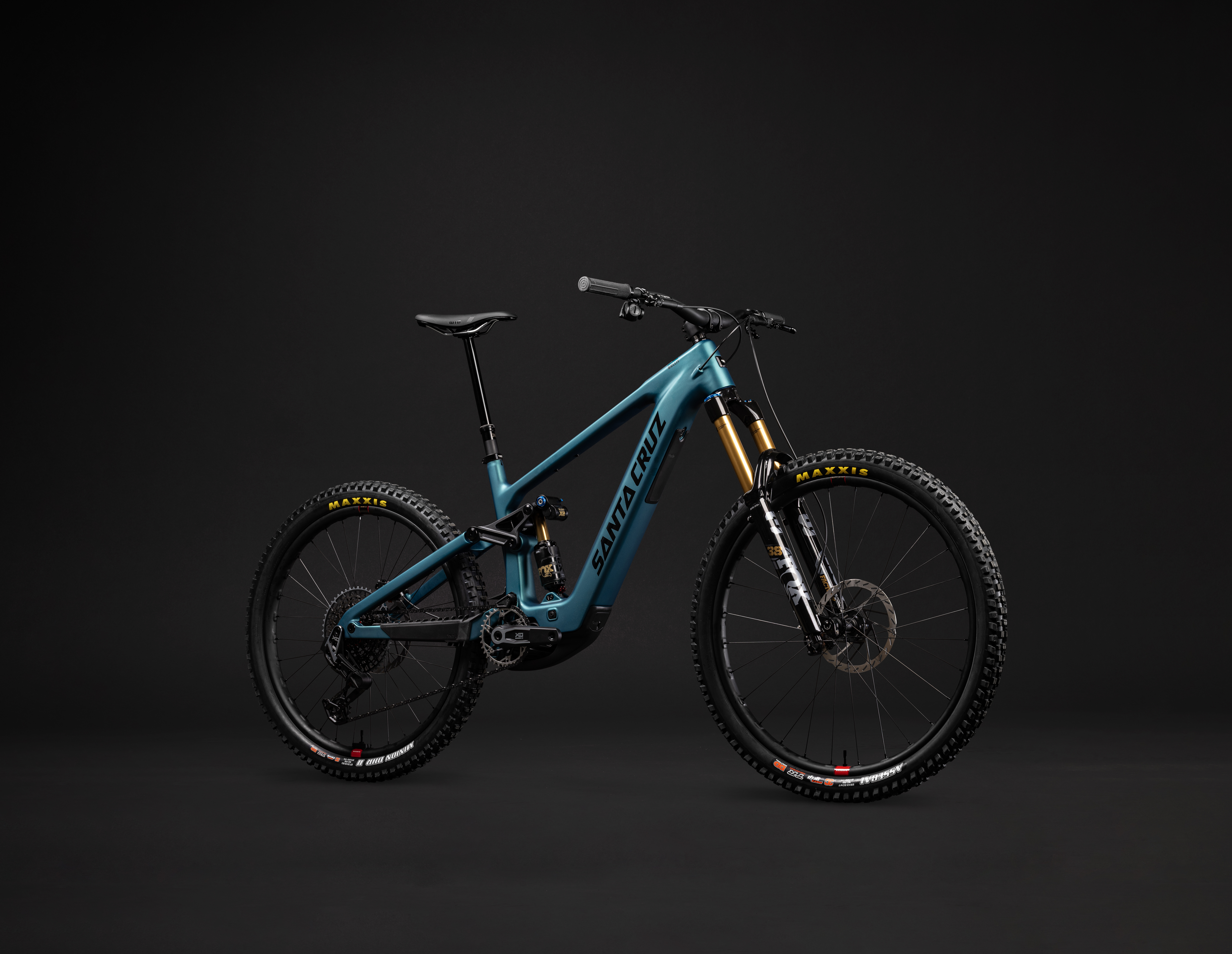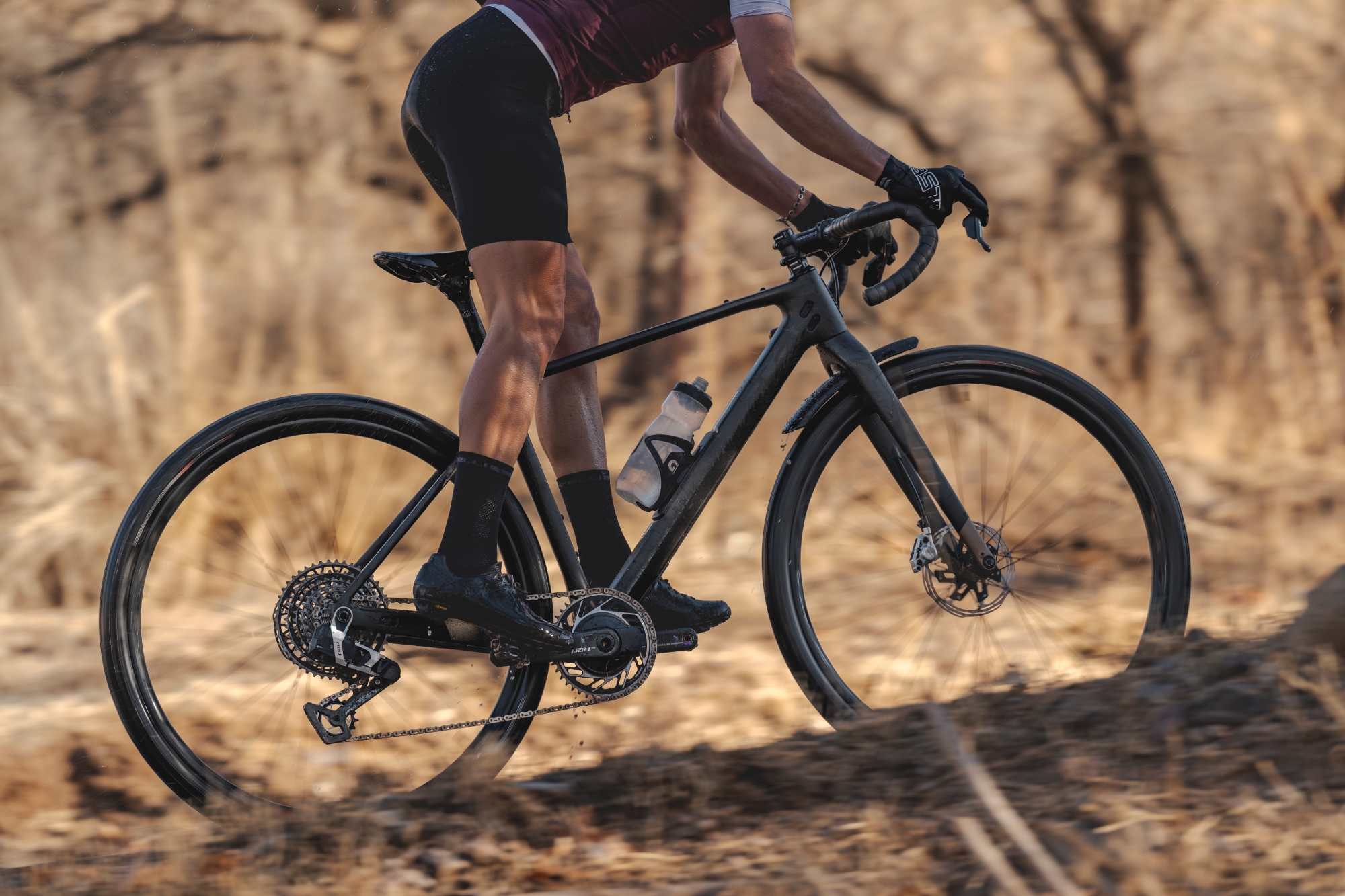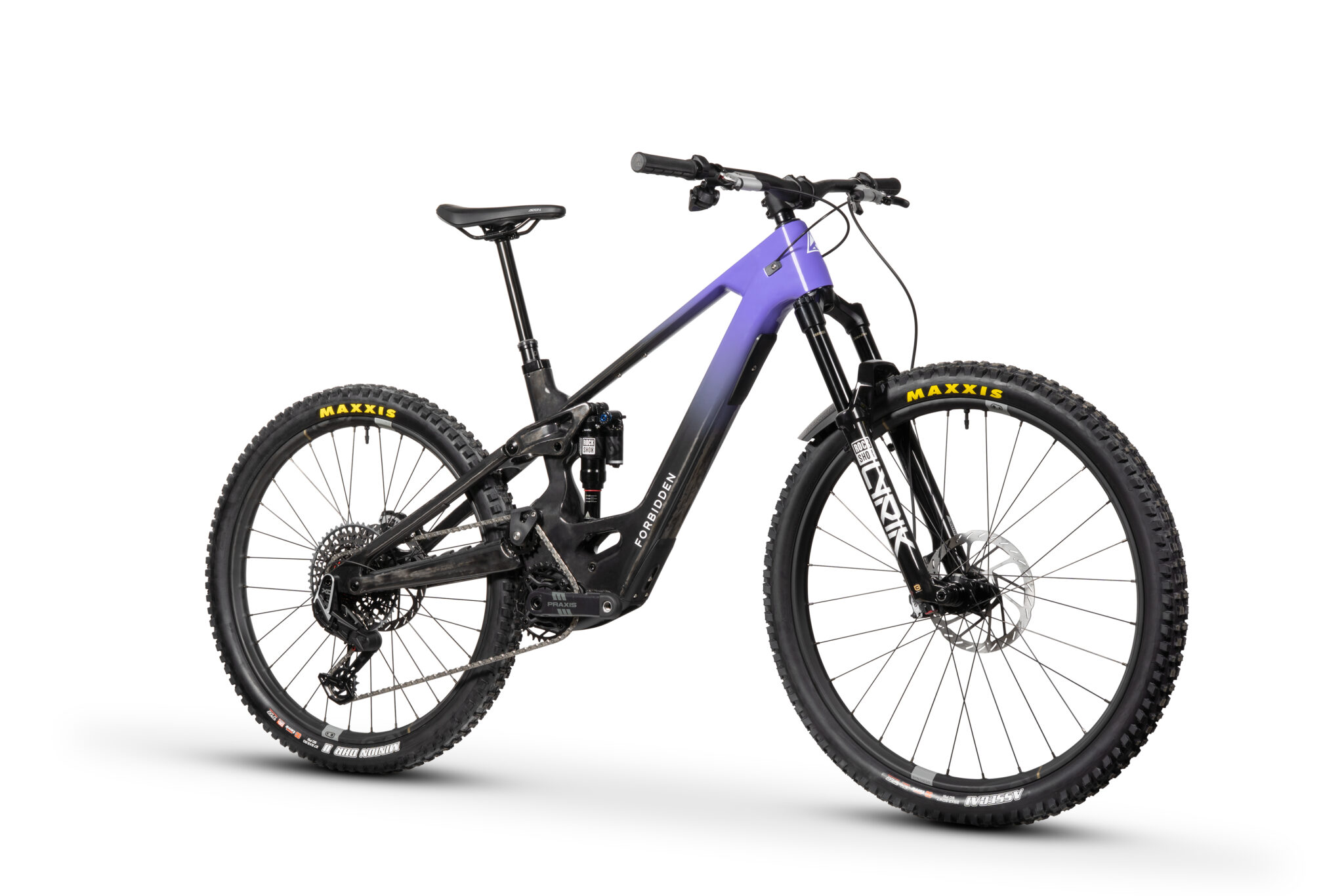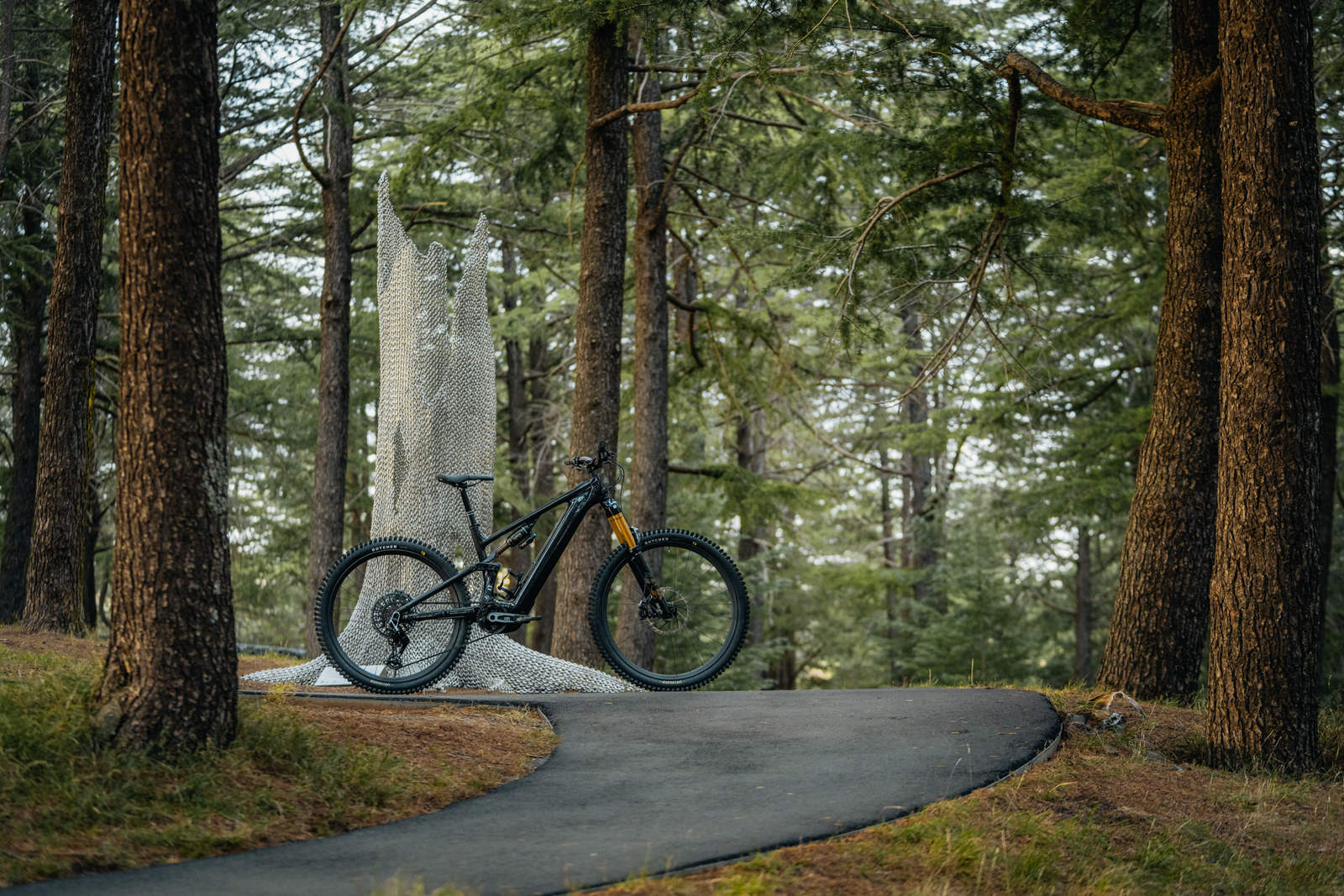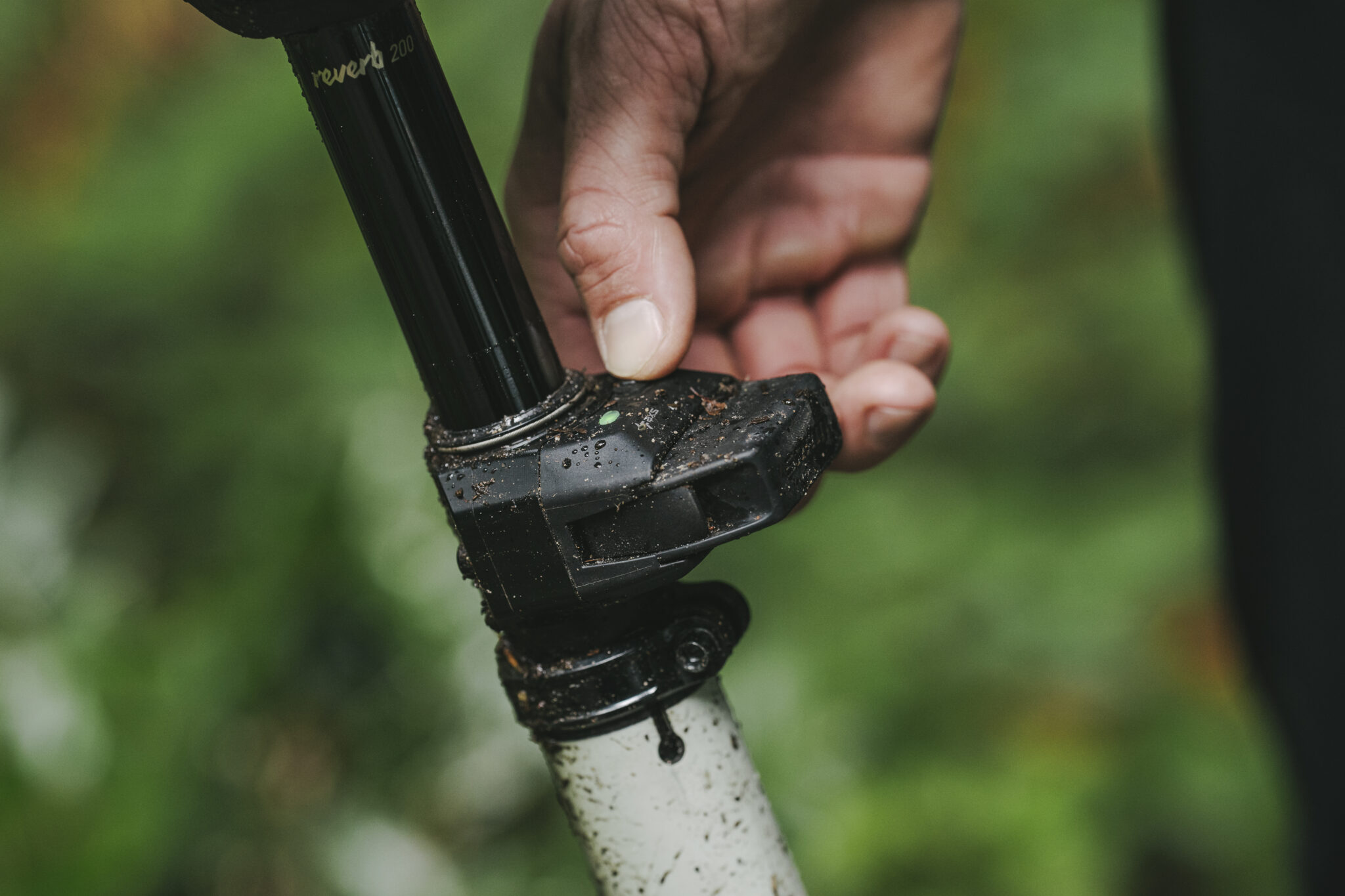TESTED: American Classic Wide Lightning wheels
Wider rims for mountain biking are particularly de rigeuer at the moment, and particularly so with fat bikes and the current avalanche of 29+ and 27.5+ options being forced down our throats.
Dropper posts, tubeless tyres, short stems and wide rims.
Unless you’ve been hiding underneath a rock, you’ll recognize those items as some of the biggest innovations currently sweeping the mountain bike world. While we started out riding with bar ends, friction shifters and elastomer forks, the past decade that has seen our humble knobbly-tyre machines evolve into real purpose-built off-road shred mobiles.
Wider rims for mountain biking are particularly de rigeuer at the moment, and particularly so with fat bikes and the current avalanche of 29+ and 27.5+ options being forced down our throats.
But for normal mountain bikes, wide rims present some compelling arguments over the traditional wheels we’ve usually ridden. The general concept is to push the tyre beads out further away from each other, in order to provide a broader mounting base that stabilises the tyre and reduces ‘tyre wobble’ when running lower pressures.
Most XC and trail rims usually employ an internal width of 17-20mm, but the American Classic Wide Lightning rims feature an enormous 29.3mm internal width. Of course American Classic isn’t the first brand to push bigger rim widths, as German brand Syntace was really the pioneer of popularising the wide-but-light wheel movement. And since then, brands such as Ibis, Specialized and Bontrager have also jumped on board with wide rim offerings.
But what’s unique about the Wide Lightning wheels, is in the balance that American Classic have managed to strike between price, rim width and wheel set weight.
Lightweight Innovation
As a company, American Classic has a real culture of innovation. Lead engineer, Bill Shook, is known for several key patents and innovations that have garnered the brand a solid reputation for pushing the boundaries.
American Classic has long been a proponent of wide rims and tubeless technology for both road and mountain bike applications, and they also have a habit of producing impressively lightweight wheels at competitive price points.
The Wide Lightning wheels are claimed to weigh in at just 1569 grams for the 29er wheelset, though they’re also available in 27.5” as well. This weight is despite the use of enormous 32mm wide rims, large flange diameter hub shells and 64 standard J-bend stainless steel spokes for the build.
At a lick under a grand, you can see why this wheelset appears to be impressive value on paper.
The Build
Any trailside discussion I encountered while testing the Wide Lightning wheels always began with the enormous 32mm wide rims – they just look massive!
The rims are constructed from 6000-series aluminum, and feature a thin rim extrusion that gets weight down to the sub-400 gram region. For a point of reference, the Stans No Tubes ZTR Crest rim weighs in 380 grams but only measures at 21mm internally.
To achieve this weight, Shook designed the Wide Lightnings with a very short sidewall. The concept is simple; taller sidewalls are easier to bend and damage, while shorter sidewalls are stiffer and stronger. In Shook’s case, it also allows for a lighter rim.
The Wide Lightnings come pre-installed with tubeless rim tape out of the box, along with lightweight alloy tubeless valves that use a fat rubber O-ring to help seal the rim. The tubeless tape works alongside Shook’s Bead Barb rim profile that sees a gentle hook inside the rim well that assists with locking the tyre bead onto the rim.
At the centre of each wheel is a large diameter alloy hub shell; a common sight with American Classic mountain bike wheels. This tall flange height shortens the effective spoke length required, which assists with building a stiffer wheel. The hubs are equipped with sealed cartridge bearings and an adjustable preload collar for eliminating any play that may develop over time.
Our test wheels originally arrived setup for my hardtail with a QR15 fork and 135mm quick release dropouts. During the test period, I received an adapter kit from American Classic that allowed me to convert the rear hub to a 142x12mm setup for installation on my Trek Superly FS 9.

The conversion process is relatively straightforward with the provided instructions, though you’ll need a couple of cone spanners to open up the hub. It did allow me to get a good look at the freehub internals, which use a unique cam-plate mechanism.
Rather than use conventional pawls and springs, the American Classic design sees the 6 pawls mounted to a steel drive plate. This steel drive plate has notches running around its internal diameter, which are engaged by a small hook that sits on the cassette body. When you step on the pedals, the hook locks into the cam plate, and then the cam plate rotates to engage all 6 pawls onto the ratchet teeth simultaneously.
The benefits of the design are multiple. It provides a terrifically strong freehub mechanism with a very high torque load rating, but it also results in less drag while coasting, as none of the pawls are dragging on the ratchet teeth like a conventional hub. It also means Shook was able to design the cassette body out of a single block of alloy to reduce weight.
As for the rest of the wheelset, the Wide Lightnings are refreshingly normal. There are 32 stainless steel double-butted spokes per wheel, which are laced with alloy nipples. Using a full complement of spokes in a standard 3x lacing pattern provides better support compared to wheels that feature fewer spokes.
Out of the box the tape and valves installed, the Wide Lightnings came within a bee’s dick of their claimed weight at 1.58kg. I reckon that’s damn impressive for such a beefy looking set of wheels.
Fat Rubber
Fitting tubeless tyres to the Wide Lightning rims was an absolute breeze. Whether it was the Bead Barb profile or the enormous internal rim width, every tyre I tested had no troubles airing up with a floor pump. No compressor necessary. As a sign of how solid the connection was between the tyre and rim, I found that it took a significant amount of pressure from my hands just to push the tyre beads out of their seal when swapping a tyre.
Every tyre I fitted to the Wide Lightning’s also increased in size. It was a little different from brand to brand, but if a tyre measured up at 2.10” wide on a conventional rim, it would typically blow up to about 2.20” on the Wide Lightnings.
In the spirit of science, I got out the digital vernier calipers to measure up the Bontrager XR1 tyres I’ve recently been riding on. When fitted to the DT Swiss X1800 wheelset they originally came fitted to, the XR1 tyres measured up at 2.10” wide. On the Wide Lightnings, I clocked the XR1 tyres at a chubby 2.33”. Pretty impressive.
This makes the benefits of running such a wide rim clear. You can fit a skinnier, lighter and faster XC race tyre, but enjoy a significantly wider footprint that delivers more traction and more stability. Rotational weight is everything on a mountain bike, and so the combination of the lightweight Wide Lightning rim and a fast-rolling XC tyre promises a fast rolling package that zips up to speed with ease.
But it wasn’t all beer and skittles with the Wide Lightnings. Not every tyre is designed to be run on such a wide rim, and certain tread profiles just didn’t play well with the 29.3mm internal rim width.
Two options in particular that I didn’t enjoy on the Wide Lightnings were the Maxxis High Roller II and the new Schwalbe Nobby Nic. Both tyres feature substantial cornering blocks that are most effective when protruding away from the tyre casing. On a super wide rim, the squarer tyre profile saw those cornering blocks protruding vertically, with the tyre casing actually sitting wider than the tread. This led to inconsistent traction when cornering aggressively, where the tyres would suddenly skip out once you leant them past those edging knobs.
Of course this isn’t a problem exclusive to American Classic. There will be hits and misses with any 30mm+ internal width. But this is likely to change in the future as more tyre companies design their treads around a broader rim profile.
I can see this changing in the future as more tyre companies design their treads around a broader rim profile, but with the current crop of tyres available, there’s going to be hits and misses.
Overall though, the effect of the wide rims was largely positive. I found I could get away with lower pressures with less chance of the tyre casing rolling through the corners. This was despite running tyre pressures in the sub-20psi range, where I was able to enjoy improved traction and a super smooth ride. Even in a straight line, I also felt there was less flex and less ‘wobble’ to the tyre compared to using the same tyre on a skinnier rim.
Durability Report
I’ve been riding the Wide Lightning wheels for about 9 months now. They’ve been passed around from bike to bike, they’ve had a whole bunch of different tyres fitted to them, and they’ve seen riding conditions from rocky technical descending trails, through to fast-paced marathon racing.
Despite the lightweight rims, the Wide Lightnings have glanced off a number of heavy impacts that I was sure would damage or at least dent the sidewalls. As it turned out, the short sidewalls make for a pretty stiff structure that has resisted such damage.
They’re a really solid feeling set of wheels too. Not carbon stiff, but not far off either. Compared to other 1600 gram wheelsets, they’re right up there in terms of stiffness and ride quality.
The hub bearings are still rolling smooth, and all they’ve needed is the occasional nip-up on the adjustable collars to snug down any play in the hub axle.
With all the tyre changes, I did find that the tubeless rim tape developed a few nicks in it over time. So as with Stans Yellow rim tape, it appears to be an item that will need replacing from time to time if you do change rubber regularly. That’s no worry as like the valves, the rim tape is available as a spare item.
I do have to give a shout-out to American Classic for the brilliant freehub mechanism. I had no skipping or popping from the rear hub even when over-torquing the cranks on steep climbs, with those 6 pawls locking onto the ratchet teeth securely every time. My only complaint with the design is the 24 points of engagement, which is a little slow compared to the competition.
Another neat feature of the rear hub is the reinforced steel splines. These splines prevent your cassette sprockets from digging into the lightweight alloy freehub body, which can make for a real pain when removing a worn cassette. Even high-end brands such as DT Swiss and Chris King can suffer from cassette damage on the freehub body, so hats off to American Classic for their simple but effective design.
As for the rest of the wheel, durability has been excellent. A few of the spokes on the rear wheel have needed re-tensioning after the first 6 months of riding, but nothing that half a turn of a spoke key couldn’t fix. I never broke a spoke throughout testing, but it should be said that because they use a standard J-bend design, a replacement will never be far away.
And that seems to be the real beauty about the Wide Lightning wheels. They’re simple and there’s nothing weird or proprietary about them. You can service and repair them with readily available tools.
Bottom Line
All throughout testing, the Wide Lightning wheels ride quality never ceased to impress me. The wide rims deliver stability for lightweight race tyres, which allows you to get away with lower pressures for better traction over rough terrain. They also roll incredibly smooth thanks to high quality hub bearings and the unique cam plate freehub mechanism.
They’re also a super versatile wheel set that means you can ride them across a broad range of riding applications. That said, I believe that the Wide Lightnings strength is for XC racing and trail riding, where you can combine them with a fast rolling XC tyre for brutally quick acceleration without giving up on grip.
While I must admit that I was initially skeptical about overall strength and durability, the Wide Lightning wheels gladly proved me wrong. Their strength comes from a cleverly designed rim, a conventional lacing pattern with a full complement of spokes, and solid hubs. That said, American Classic do state a 107kg rider weight limit on the Wide Lightning wheels.
Although rim width was what piqued our interest in the Wide Lightning wheels, as it turned out, there’s actually a whole host of features that make these a great choice for any rider looking to drop some rotational mass from their stock wheel set.
RRP: $999
From: www.cassons.com.au
